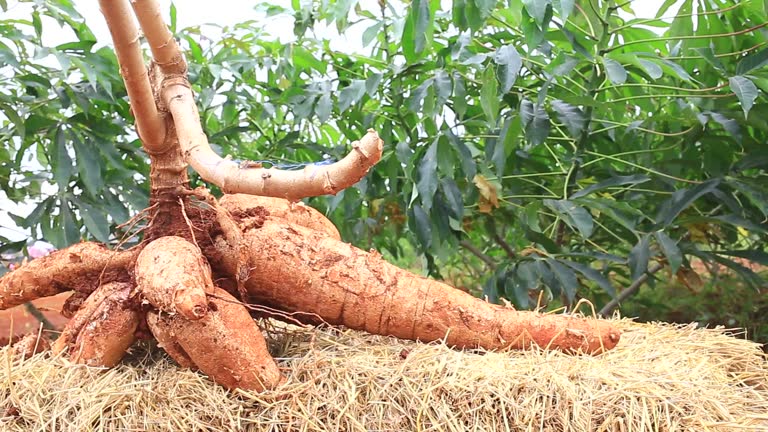Kenya’s cassava production is strongest in Western Kenya and parts of the Coastal region, with other counties showing growing potential as commercialization and planting materials improve. Western Kenya remains the heartland for cassava area under cultivation, while Kilifi, Mombasa, Taita Taveta, Kwale, and Kilifi’s neighboring counties in the coast also host substantial cassava activity. These patterns reflect climate suitability, soil types, access to seed systems, and proximity to processing or market infrastructure.
Regional Highlights and Context
Western Kenya: Traditionally the dominant cassava belt due to favorable rainfall, soils, and agricultural systems. Counties like Kakamega, Bungoma, Vihiga, and Butere-Mumias have long been associated with cassava production, with ongoing reforms to improve seed quality, disease resistance, and post-harvest handling. This region often yields the highest total cassava area and output in country-level assessments.
Coastal Kenya: Counties along the coast (Kilifi, Kwale, Mombasa, Tana River, and Lamu) benefit from warmer, more humid climates suitable for continuous cassava cycles. The area contributes significantly to national cassava supply, with processing initiatives and value-chain development targeting HQCF, flour, and starch. Market links to coastal processing facilities strengthen profitability for growers.
Other Notable Counties: Nyanza-adjacent counties and parts of the Rift Valley are expanding cassava cultivation through improved planting material, extension services, and value-chain programs. These areas are increasingly targeted by development projects aiming to diversify food security and income.
Variability Across Counties: Within each county, cassava performance depends on soil fertility, drainage, rainfall patterns, access to clean planting materials, and proximity to buyers or processing facilities. District-level data and farmer surveys consistently show regional differences in adoption of improved varieties and access to seed systems.
Key Factors Driving County-Level Suitability
Climate and Rainfall: Cassava thrives in areas with reliable rainfall and long growing seasons; arid pockets or drought-prone microclimates require drought-tolerant varieties and irrigation strategies.
Soil Types and Fertility: Medium-to-dark, well-drained soils support better root development; soils with poor drainage or high waterlogging diminish yields.
Seed Systems and Access: Counties with better access to certified planting materials and extension support show higher adoption of improved varieties and yield gains.
Market Access: Counties with nearby processing facilities or strong market linkages (HQCF, flour, starch) tend to have higher profitability and investment in cassava.
Extension and Support Programs: Government and NGO-led programs focusing on cassava seed systems, disease management (CMD/CBSD), and post-harvest handling influence county performance.
Strategic Considerations for Choosing Counties
– Choose Western Kenya counties for scale-up and intensive cultivation with potential for high total production.
– Consider Kilifi, Kwale, and Mombasa for proximity to processing and emerging HQCF/starch supply chains.
– Evaluate neighboring counties with similar agro-ecological conditions if aiming to diversify risk.
– Factor in accessibility to extension services, agro-input suppliers, and reliable market channels when selecting target counties for new planting programs or investments.

